So we started out with definition, went on to a little more about the historical sources, and then onto some more practical issues. None of these, however, really define what zhuni is. Let’s give that a try.
I think very strictly speaking, to those who believe in the orthodoxy, zhuni is only those clay that came from Zhaozhuang mountain in Yixing that can be classified as Shihuang clay. Everything else is, well, something else.
Walt raised a question in private with me though, and it’s a good one – what about clay that may be more or less the same as that particular kind of clay? And also, clay from that vein is not going to be the same throughout, and this does not even begin to account for the preparation that went into them, the processing, making, firing, etc. So, how do you know what is zhuni, and what is not? What if there is another place that produces clay that are pretty much the same thing?
I think the short answer is: I don’t know, and I honestly don’t think anybody else knows. With zhuni it is a little harder to define, but let’s say we’re trying to establish that a pot is made by Famous Potter X. Famous Potter X made lots of them. Famous Potter X has a distinctive style, and is recognizable to people in the know. One pot fits all the characteristics of Famous Potter X pot. However, Famous Potter X does not remember (or claims he does not remember) whether he made it or not. Is this pot made by Famous Potter X?
This is actually a real problem for people who collect these “famous potter” pots, made by modern masters who are often still alive. You go and ask them, and because they made these early on, or made them and didn’t like them, or whatever, they claim they didn’t make it. Everybody out there who’s seen hundreds of his pots can tell this is not a fake — based on things like craftsmanship, clay, etc. He might even admit on a “off-the-record” basis that he made it, but won’t issue a certificate for it. That’s no good for commercial purposes.
In the case of zhuni, I think it is more murky. First of all, how many people really know what it is? I’ve met maybe half a dozen people who can probably tell you right away if something is faked or not with reasonable accuracy, but I don’t think any single one of them will tell you they’ve never been fooled — in fact, all of them have, at one point or another. The forgers are quite skilled.
So, you have these people who do know, more or less, what zhuni is. They base it on the hundreds or thousands of pots they’ve seen in their lifetime, and have collected enough information to make an informed decision. I think this is not unlike somebody drinking an unmarked cake of puerh of unknown vintage and assessing its quality that way — you base it on what you know. It might not be accurate — lots of factors, mostly unknown, are involved, but you make the best judgment you can, and some people can make it better than others.
In many ways, that’s all we can really do. We can’t get magically transported back in time to see what happened, and written sources are quite rare. We could, of course, look at true antique pots, but many of them are of somewhat questionable provenance, and the ones that are almost guaranteed to be real are often in museums or collectors’ hands, out of reach for most of us.
In any event, the purpose of this series is just to explore one of the terms that often get bandied about on the internet, while I think very few actually are aware of all the complex background involved. Zhuni, in the strict sense of the word, is basically an extinct clay no longer being produced. Modern variants or new mixes claiming to be the same exist everywhere, but by and large, the ones I’ve seen do not impress me as being the same, based on texture, feel, and sometimes, taste. Then there are pots out there that have nothing to do with zhuni in any way, but the term is nevertheless used as a synonym for any sort of red clay. That, I think, is irresponsible, and misleads consumers and tea addicts out there without better sources of information. It certainly doesn’t help when the same claims come along with the story of how this clay is extinct, etc etc. If it sounds familiar, it’s because you’ve seen it before, and also because similar tactics are employed often in other realms, from puerh to lots of non-tea related things. Sales pitches are all the same. Sometimes it’s an honest mistake, sometimes it’s not.
As for us, well, tuition money is always in order. Yixing pots, unfortunately, is one of the more expensive hobbies for a tea addict. While they are not quite consumable as tea itself, they do carry a high price, and a high ratio of forgeries. I’ve heard so many stories of forgers in the 1980s in Taiwan making boatloads of fake pots, because there was a huge bubble that grew out of it that eventually popped. The bubble might have burst, but the pots remain. The only suggestion I can offer is stay smart, observe, and learn from the past.
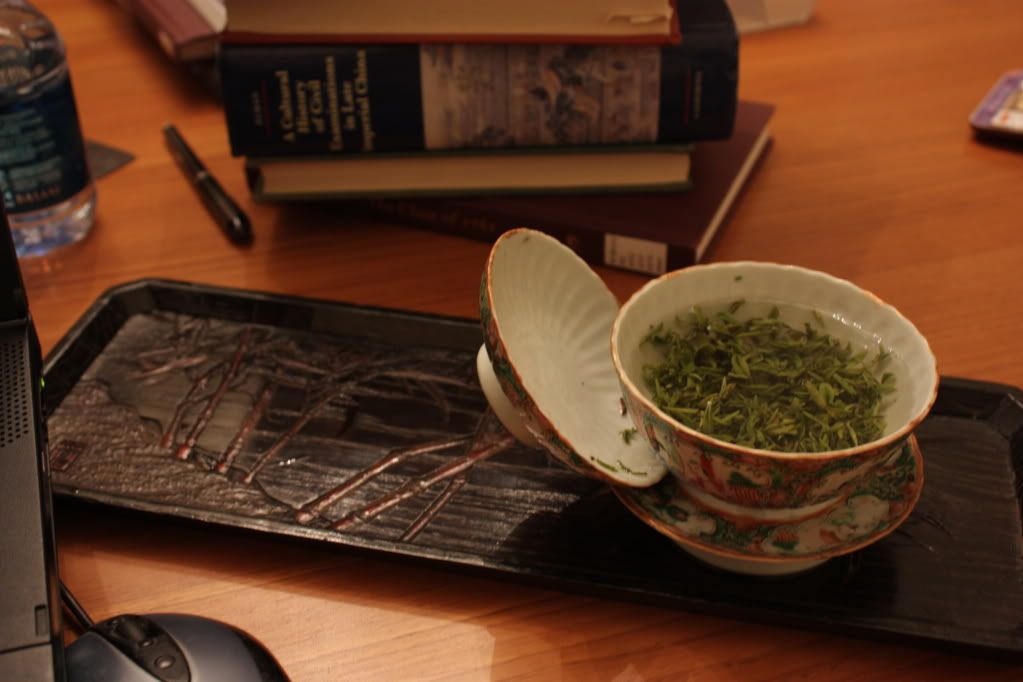

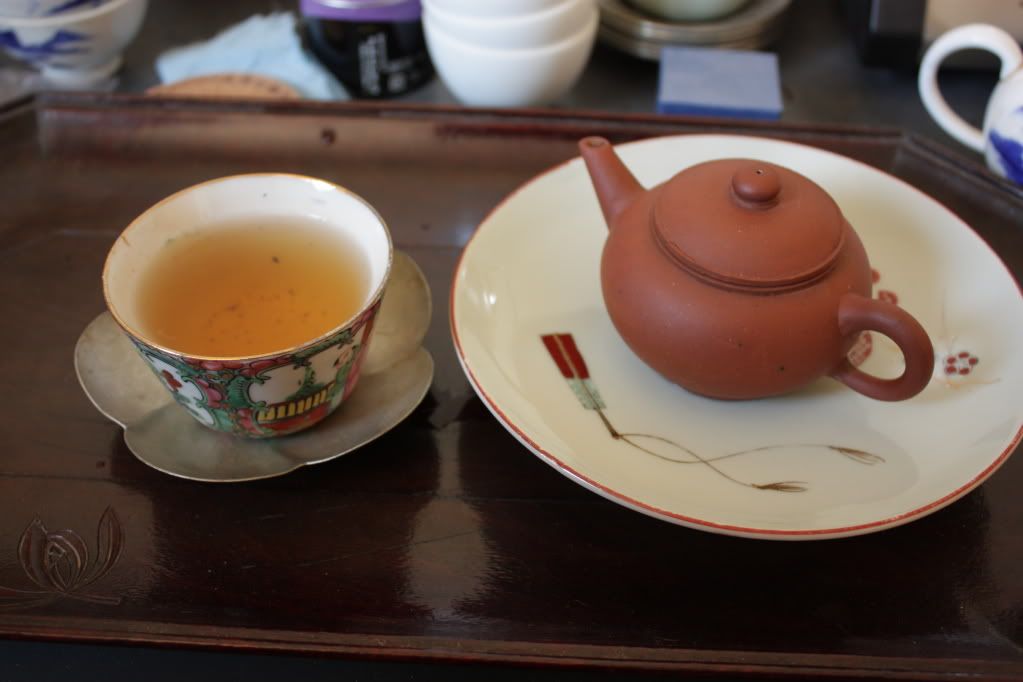
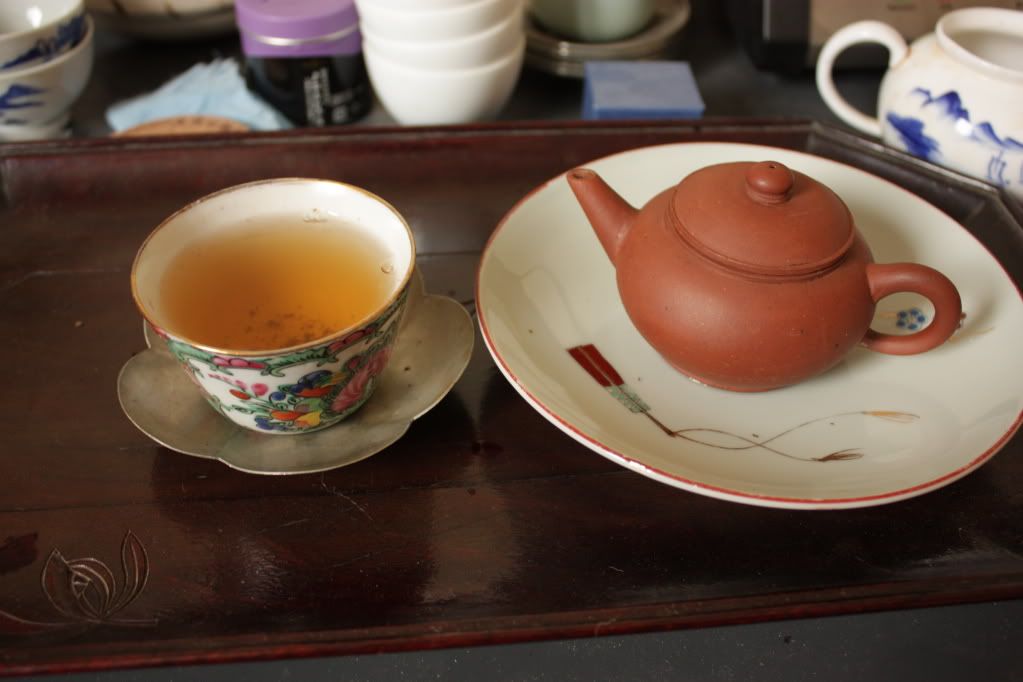
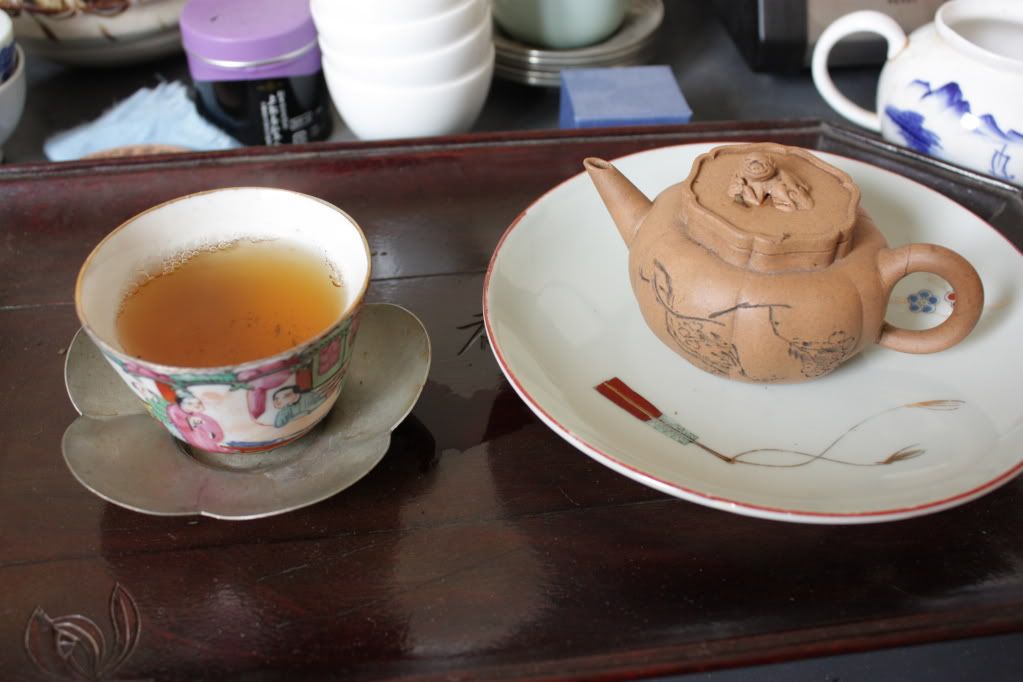
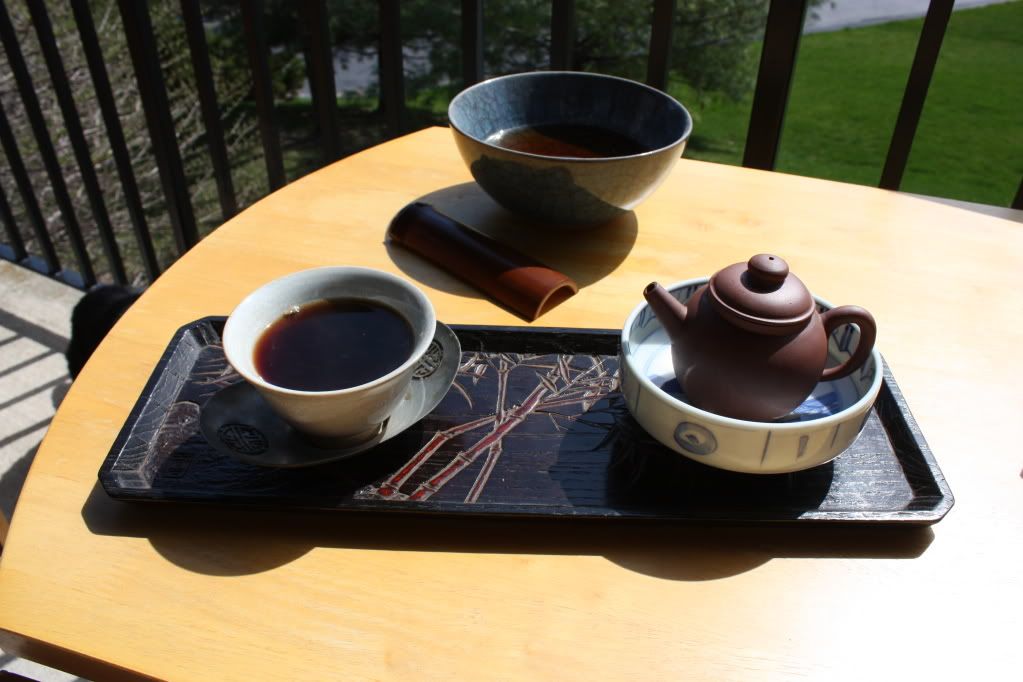
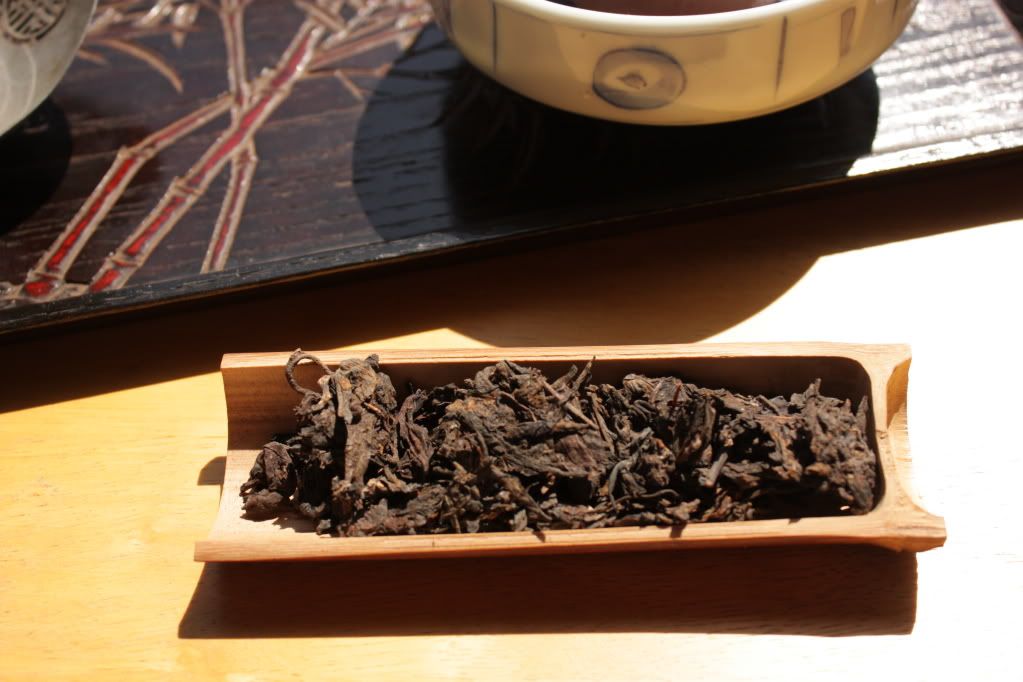
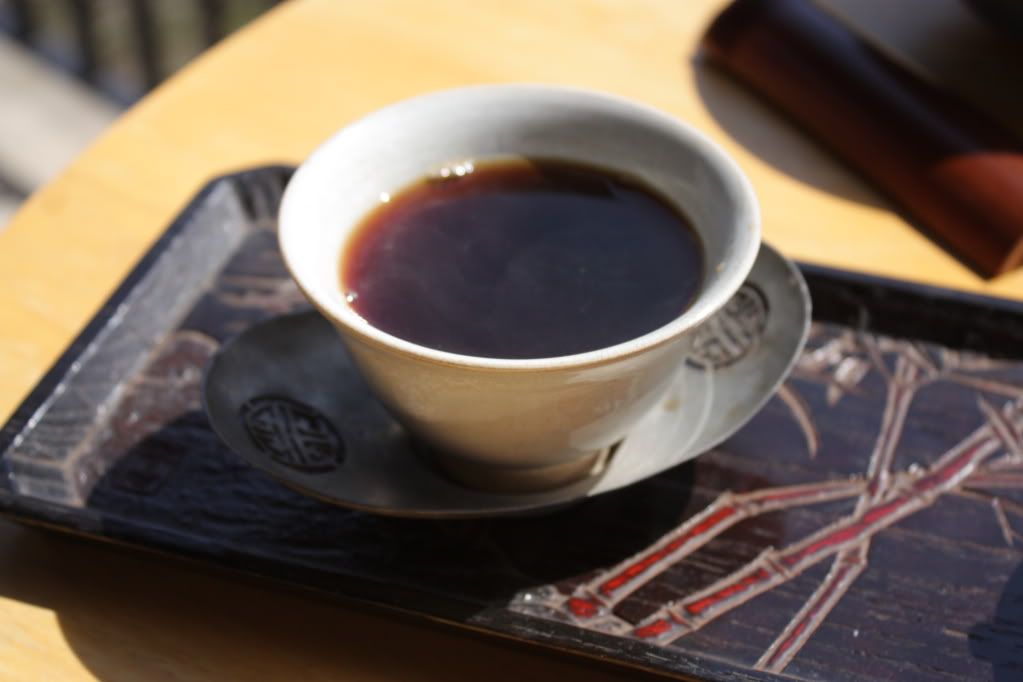
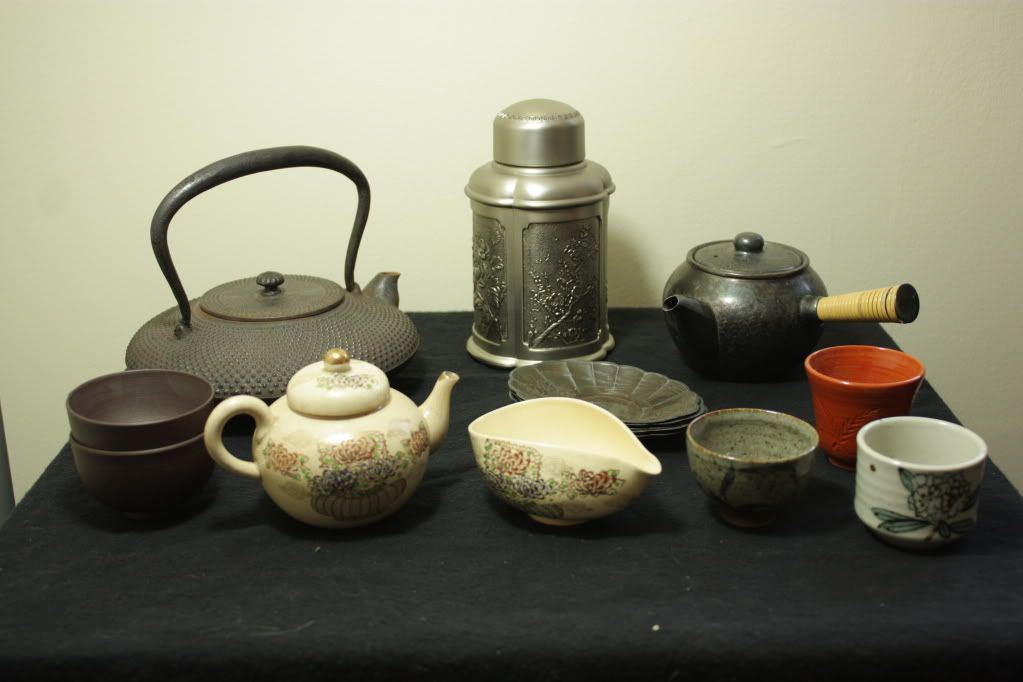
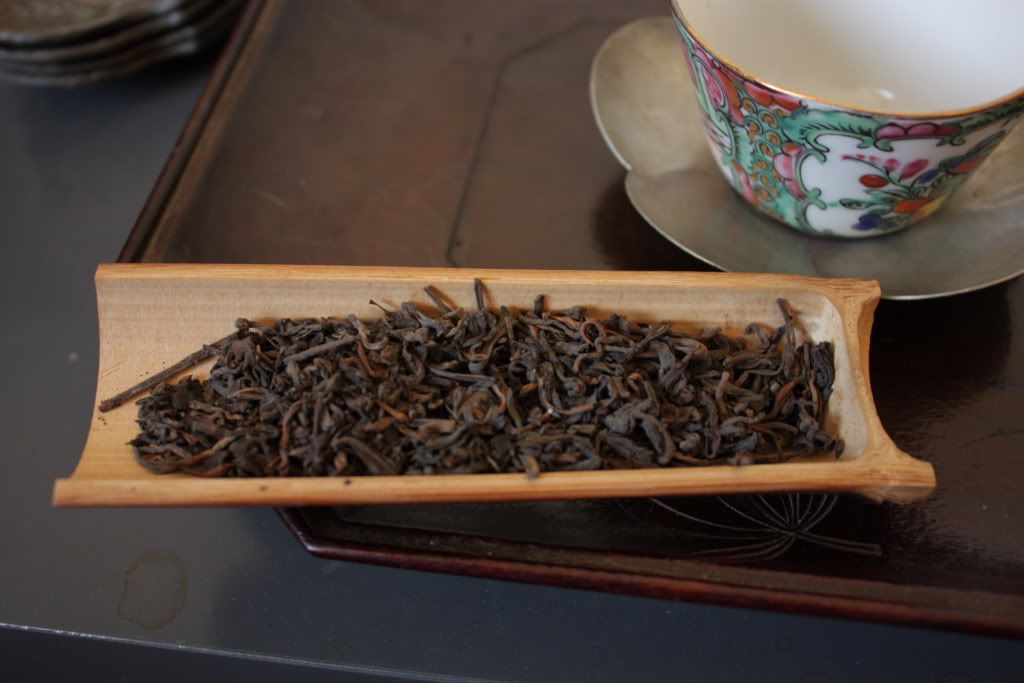
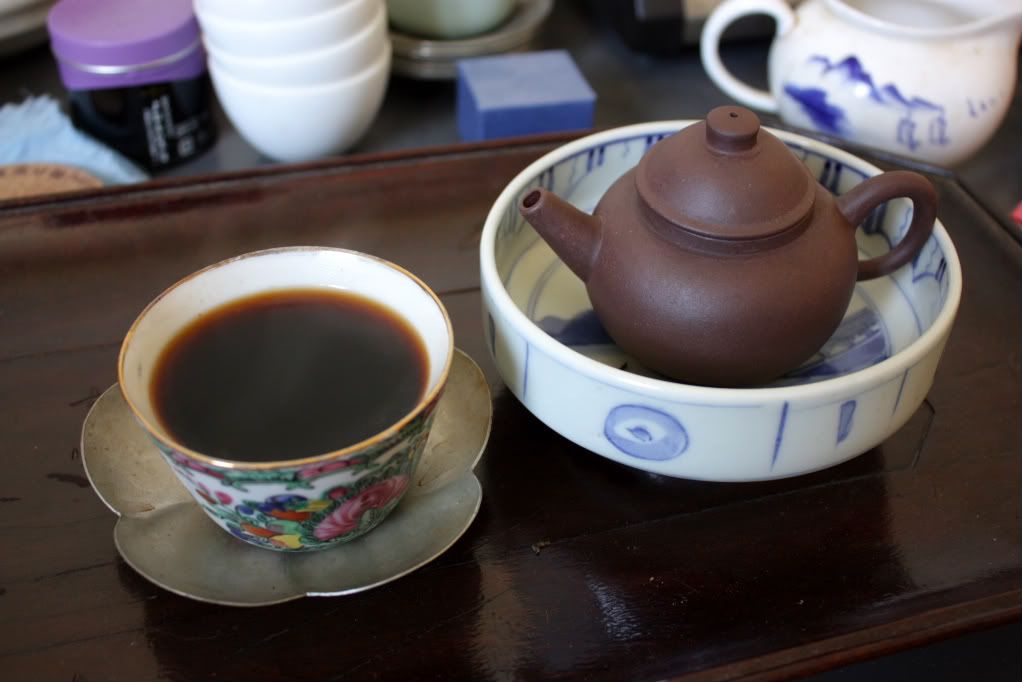
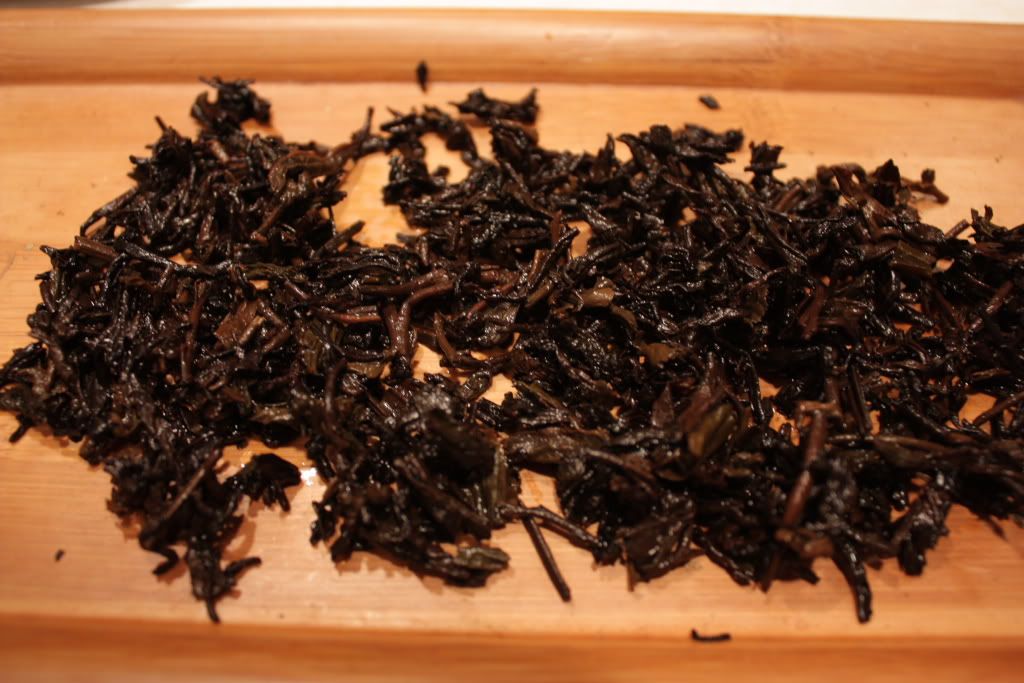


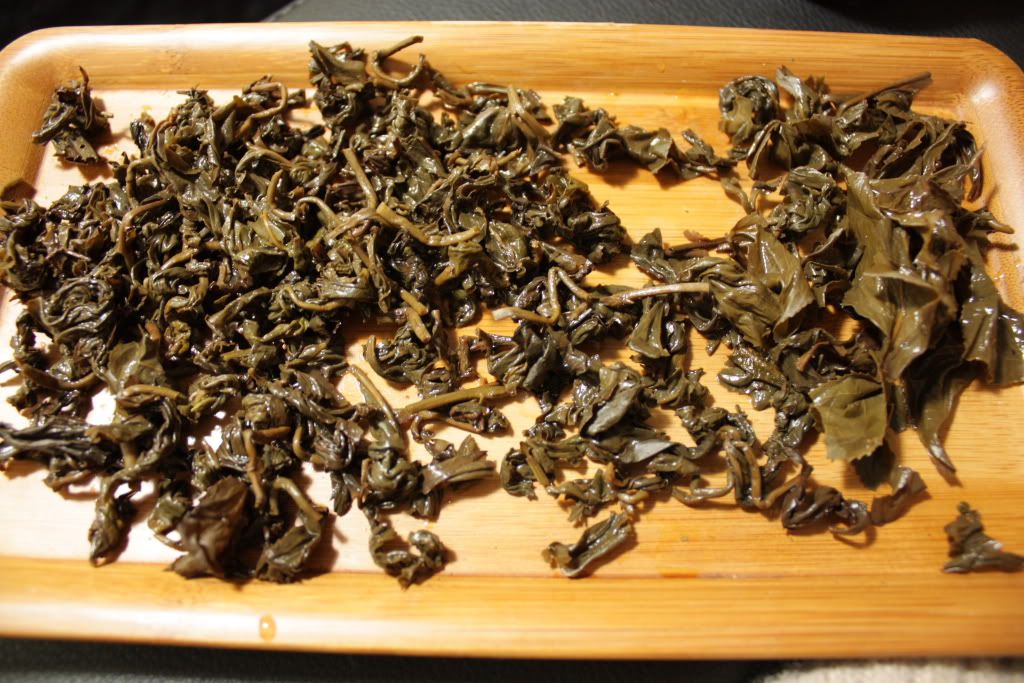






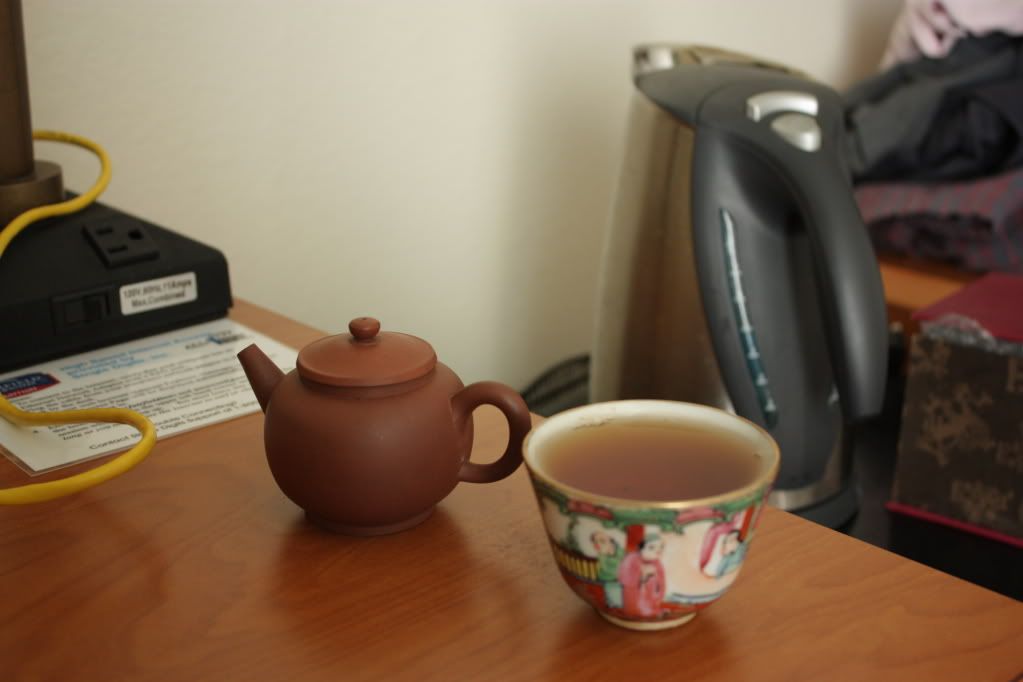
 RSS - Posts
RSS - Posts
Interesting.... would 250C in my oven work?